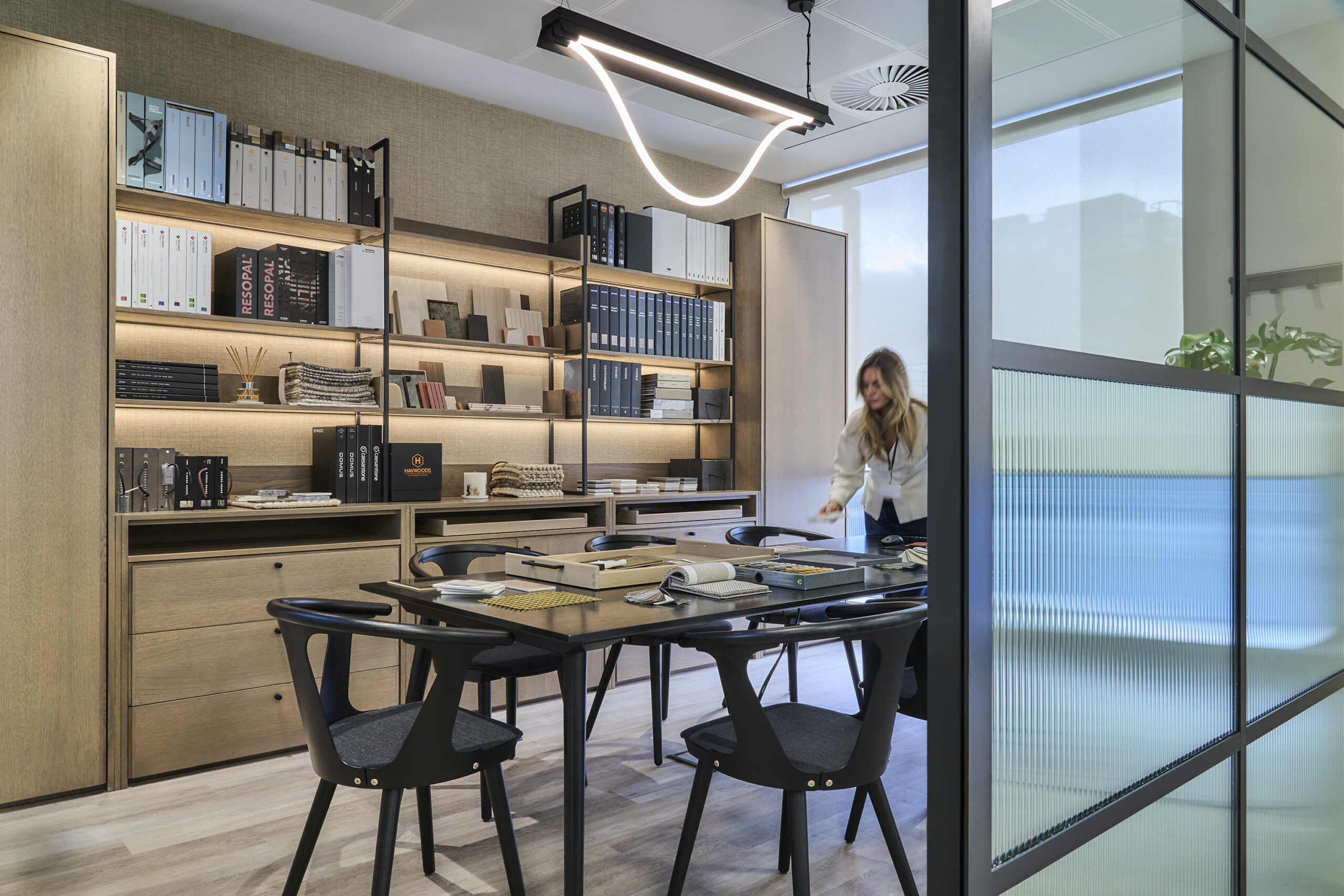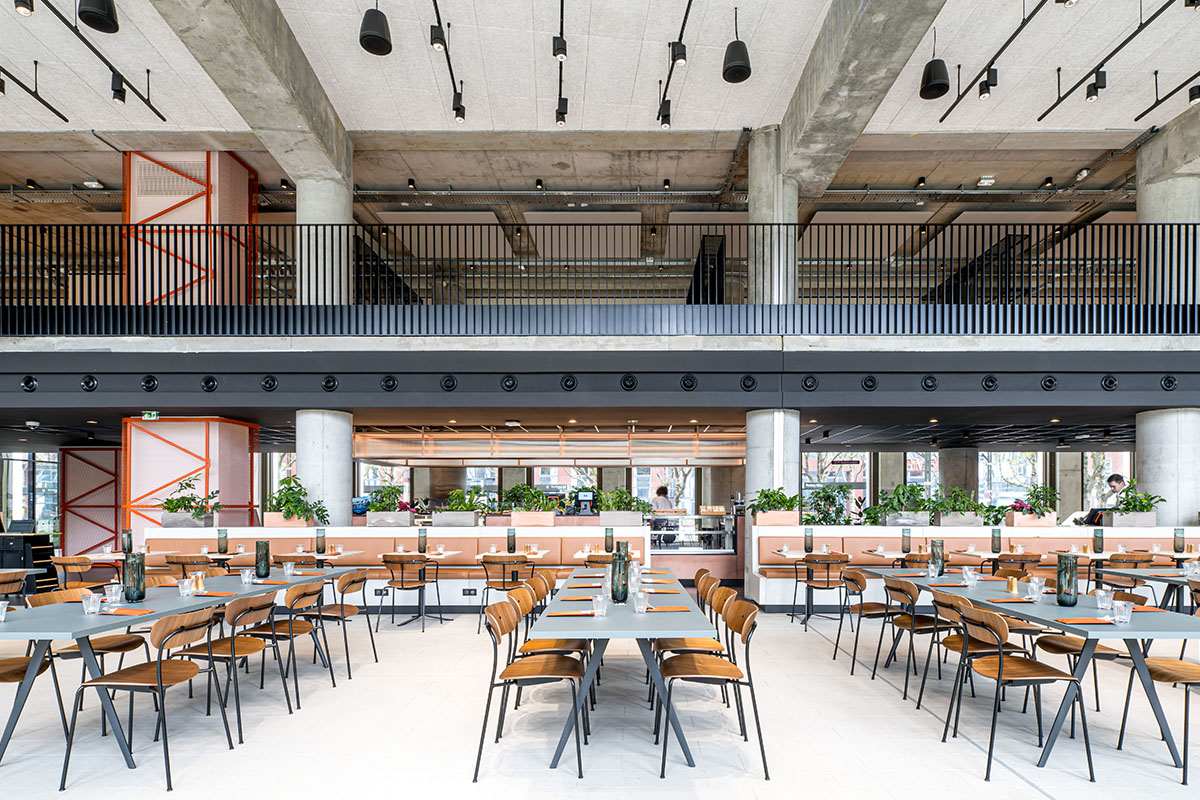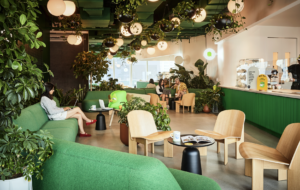
The co-founder of TS-DS design studio shares his thoughts on why companies must invest in work-from-home technologies and set-ups
Back in June 2020, Flokk, an ergonomic workplace furniture provider, asked me how work will change as a result of the pandemic. My big idea then was that the office will function more like a holistic members club where people want to go to and spend time in, somewhere exclusive where you feel valued (like that time your friend took you to Soho House).
I imagined this to be a place which offers diversity. For instance, in the type of spaces it houses, its mood and atmosphere in order to accommodate a variety of tastes, working styles and needs. Here, we would feel inspired to work, collaborate and exercise, as well as socialise and network with a community of likeminded individuals.
Looking further into the future, however, and contrary to what I said six months ago, I believe companies will reduce their real estate footprint significantly. Consequently, I believe traditional offices will transform into appealing workplaces for employees (perhaps even the public) to gather and collaborate rather than work full time as we continue to take a more hybrid approach to work. This saving in real estate will enable companies to invest in work-from-home technologies and set-ups for employees, a move some companies including Facebook, Twitter and Shopify – who pay remote workers $1,000 (£738) to set up their new home office – have implemented already.
Although we all loved working from home for a short while, many of us have also had some negative experiences with our new home workspaces since Covid-19 struck. To find out more, we have been gathering feedback on home working through our social media channels at TS-DS since March 2020. I have summarised three main problems we have encountered in our findings below.
1. Lack of space and overcrowding
Today, 55% of the world’s population lives in urban areas, a proportion that is expected to increase to 68% by 2050 according to United Nations. People in dense cities like London or Istanbul inevitably reside in smaller dwellings. Lack of space continues to be one of the biggest problems which urgently needs to be addressed, because creating a comfortable and efficient workspace requires space. As many will unfortunately not have access to this, employers can help design better home workspaces with simple solutions by providing fold-away desks or task chairs.
2. The blurring of work and home life
The blurred boundaries between work and home life have not helped our mental wellbeing. Negative mental health impacts are being reported around the globe due to social isolation as well as financial losses and housing insecurity, as more than two-thirds of adults in the UK (69%) report feeling somewhat or very worried about the effect Covid-19 is having on their life. This will only continue unless we offer help to those who urgently need it. For example, flexible working hours will allow working parents to find a better balance, while encouraging employees to take regular breaks will significantly reduce stress. Good mental health is directly linked to good physical health which is essential to our overall wellbeing and productivity at work.
3. Risks of physical health
While we are yet to see the full effects of the fatigue caused by makeshift home office set ups, this year has seen us get creative. From ironing board stand-up desks, exercise ball task chairs to quirky Zoom backgrounds, many of us had fun playing with our new-found interior design skills. However, while we have enjoyed creating new work set-ups at home, in 2021 we should shift from this mindset towards making more meaningful changes.
As (19%) of those working remotely on a laptop/desktop computer have admitted to working from the sofa and more than one in ten (11%) saying they work from their bed, paying more attention to the environment we work in will be crucial as to avoid long-term physical health problems, such as back and neck pain, loss of voice or eye strain. A lunchtime stroll or participating in a virtual fitness class without having to leave our house allows us to easily exercise and keep fit at home.
What is the future of home working?
“We have been designing flexible workplaces for decades. Why shouldn’t we apply that to our home offices too?”, said my good friend Charlotte Moon-West who is a Workplace Strategy Consultant. Combining flexibility with modularity will offer people a choice as to how they want their space to be configured within a given area. Having the possibility to quickly put everything away after finishing work for the day, thanks to modular furniture and design solutions like HomeWork by trifle*, will further un-blur the boundaries between work and personal life.
We cannot ignore the shift to working from home and that a more hybrid way of working will likely continue in the near future. However, we must also recognise that in many homes there is simply no infrastructure to support this unless companies offer employees assistance to improve remote workspaces. Any decent set-up needs to respond to the problems outlined above by providing an ergonomic, easy-to-implement solution with flexible features that encourage a better and healthier lifestyle for those working from home.
For more information visit ts-ds.com



















